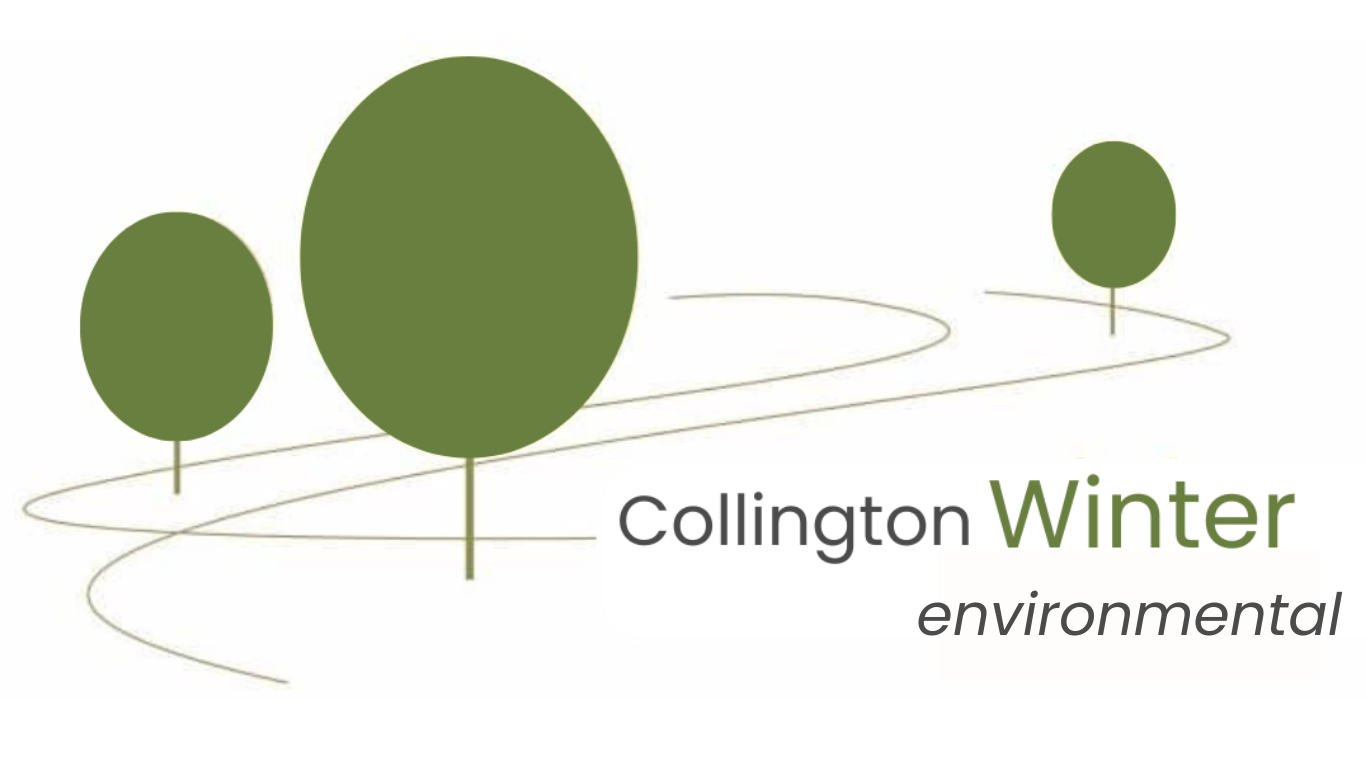Contact us today for a free quote.
Breeding Bird Survey: Protected Species
The Breeding Bird Survey, a scheme formally introduced in 1994, is used to monitor population changes of 118 Breeding Bird Species across the UK. This is often undertaken to support an Ecological Impact Assessment (EcIA) where ornithological data has been requested. This is, in most cases, to support a proposed building development on which wildlife could be negatively impacted.
Why are Breeding Bird Surveys required?
Within the UK, breeding bird species have been increasingly subject to habitat loss and degradation for the past 40 years. Due to an increase in land management practices and the build-up of residential areas, bird population decline and habitat loss are on a steady incline.
With wild bird population trends being a key indication of the health of our countryside, it is important to know the extent of bird populations and whether they are increasing or declining. These results are published annually in the BBS Report.
As a result, bird conservation is imperative for local councils, meaning alongside a geological survey, an Ecological bird survey on land proposed for development is essential and, therefore, required by most local planning authorities before granting planning permissions.

How are Birds Protected?
Since 1981, all breeding birds, wintering birds and nesting birds, with the addition of common species such as pigeons and blackbirds, have been protected under the Wildlife and Countryside Act. This crucial piece of legislation made any killing, injuring, or maiming of birds or eggs, including whilst nesting, a legal offence.
Conducting a Breeding Bird Survey
Breeding Bird Surveys (BBS) are often required to keep track of status and mitigate potential risk of harm to bird species when a habitat is thought to be present within or close to a development site.
The survey is conducted using the typical method based on the Common Bird Census Methodology developed by the British Trust for Ornithology.
Usually, one early-season visit between April and May and one late-season visit between May and June, leaving at least four weeks between survey dates is effective; however, on a site of a larger scale, up to ten visits may be considered necessary. Depending on the time of year, a third consecutive visit may be beneficial. For instance, migrant species do not arrive until May to start breeding, while resident species establish territories in early March. Early morning in Spring is the optimal time recommended for an initial visit due to the increase of bird habitats during this season, with the avoidance of impactful weather conditions such as rain, fog, or high winds.
When recording a Breeding Bird Survey, numerous factors are to be measured. Including the date and time, weather conditions, species, and location of birds spotted. This information is then used to provide an estimate of the individual bird count and territory numbers. The approximate numbers of bird species can be estimated from the peak numbers recorded. If specific species may be an issue, or the site is coastal, other appropriate survey techniques may be required.
August is the data entry deadline to ensure surveys completed provide an accurate indication of the bird species. Different measures to take on the proposed land to preserve bird species, as indicated by the results of the survey, should be considered.
How can Collington Winter Environmental Assist?
Collington Winter Environmental are an experienced team of ecologists who provide a wide range of nesting, breeding, and wintering bird surveys. We assist developers on all types of projects in any location in the UK.
Our Ecology Director, Olivia Collington, has worked with protected species across the UK, undertaking field surveys and writing scientific, readable reports for submission at planning.
Please get in touch today info@collingtonwinter.co.uk for more information on breeding bird surveys (such as in relation to Bats, Great Crested Newts, or Badgers) and mitigation.
Contact Us
Registered Address
23 Bark Street East, 1st Floor, Bolton, BL1 2BQ
Cambridge Office
Future Business Centre, Cambridge Campus, Kings Hedges Road, Cambridge, CB4 2HY
Leicester Office
Rutland House, 23-25 Friar Lane, Leicester, LE1 5QQ
Bristol Office
Newminster House, 27-29 Baldwin Street, Bristol, BS1 1LT
Telephone
Head Office: 01204 939 608
Dumfries Office: 01387 378208
